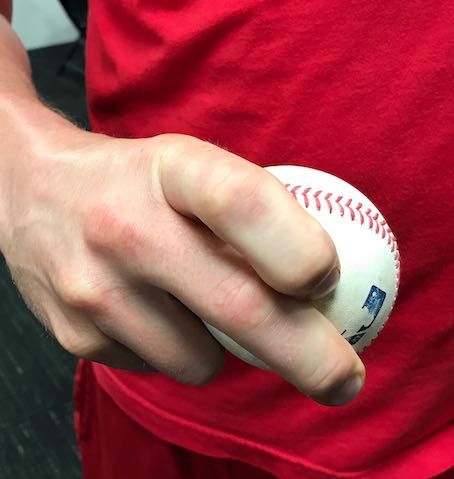The Cubs’ Road Woes Threaten Their Playoff Perch
With three losses in a row against the Nationals at Wrigley Field this past weekend, the Cubs (69-61) slipped out of first place in the NL Central. They’re now three games behind the Cardinals (72-58), the furthest they’ve been from first since May 1, and just one game ahead of the Phillies (68-62) and two games ahead of the Mets (67-63) in the race for the second NL Wild Card spot. They’ll face the latter in an important three-game series starting today, but the bad news for them is that they’ve had to pack their suitcases to head to Citi Field. At 25-39, the Cubs own the major’s eighth-lowest winning percentage on the road (.391), and the lowest of any contender by 44 points (the Mets are 30-39 at .435 on the road).
In a race for a playoff spot, that’s quite a handicap, of course. In fact, in the Wild Card era, no team has ever won less than 40% of its games away from home and still reached the playoffs. Just a small handful of teams has won less than 45% and done so. Here’s the bottom 10:
| Rk | Team | Year | W | L | W% | Postseason |
|---|---|---|---|---|---|---|
| 1 | Astros | 2015 | 33 | 48 | .407 | Won AL WC, Lost ALDS |
| 2 | Cardinals | 2006 | 34 | 47 | .420 | Won NL Central, Won WS |
| 3T | White Sox | 2008 | 35 | 46 | .432 | Won AL Central, Lost ALDS |
| 3T | Braves | 2010 | 35 | 46 | .432 | NL WC, Lost NLDS |
| 5T | Dodgers | 2008 | 36 | 45 | .444 | Won NL West, Lost NLCS |
| 5T | Astros | 2005 | 36 | 45 | .444 | WC, Lost WS |
| 5T | Padres | 2005 | 36 | 45 | .444 | Won NL West, Lost NLDS |
| 8T | Braves | 2005 | 37 | 44 | .457 | Won NL East, Lost NLDS |
| 8T | Pirates | 2014 | 37 | 44 | .457 | Lost NL WC |
| 8T | Dodgers | 2015 | 37 | 44 | .457 | Won NL West, Lost NLDS |
Of the 10 teams above, the 2006 Cardinals, who won the World Series despite finishing with just an 83-78 record — the low-water mark for any World Series champ — and the 2005 Astros at least made it to the big dance, but aside from the 2015 Astros winning the AL Wild Card game, the 2008 Dodgers were the only other team from the above group to advance in the postseason.
I limited that list to 10 because beyond that, the rankings get pretty bunched up, with three teams at .458 (from the strike-shortened 1995 season), six at .469, 11 at .481, and so on. In all, 43 of the period’s 206 postseason teams (20.9%) had sub-.500 records on the road; if you’re a stickler for a full 162-game schedule, it’s 40 out of 198 (20.2%). Just 10 of those teams won a pennant, and only three — the aforementioned 2006 Cardinals, and the 1997 and 2003 Marlins, because of course — won the World Series. It’s not a particularly viable route to dog-piles and champagne showers. Read the rest of this entry »



